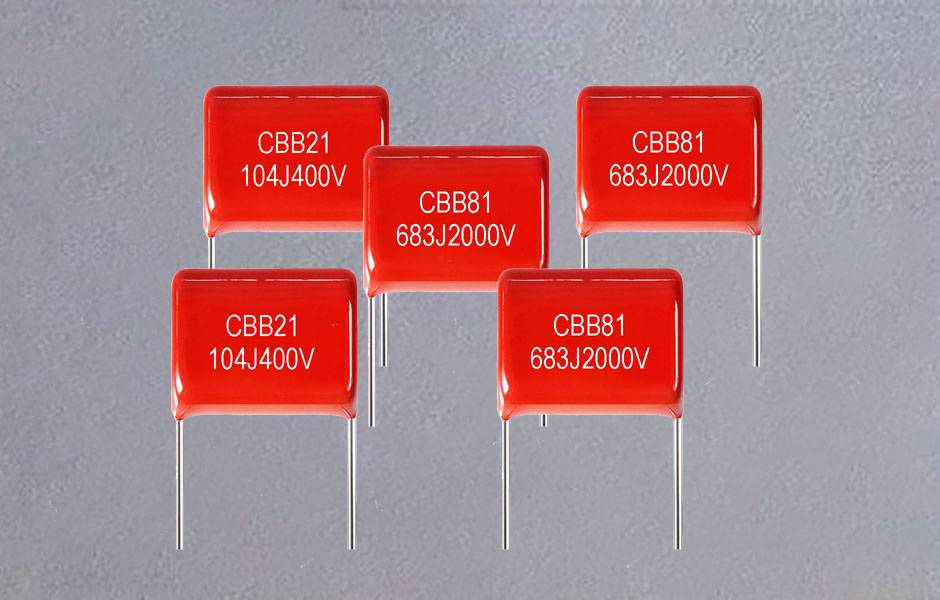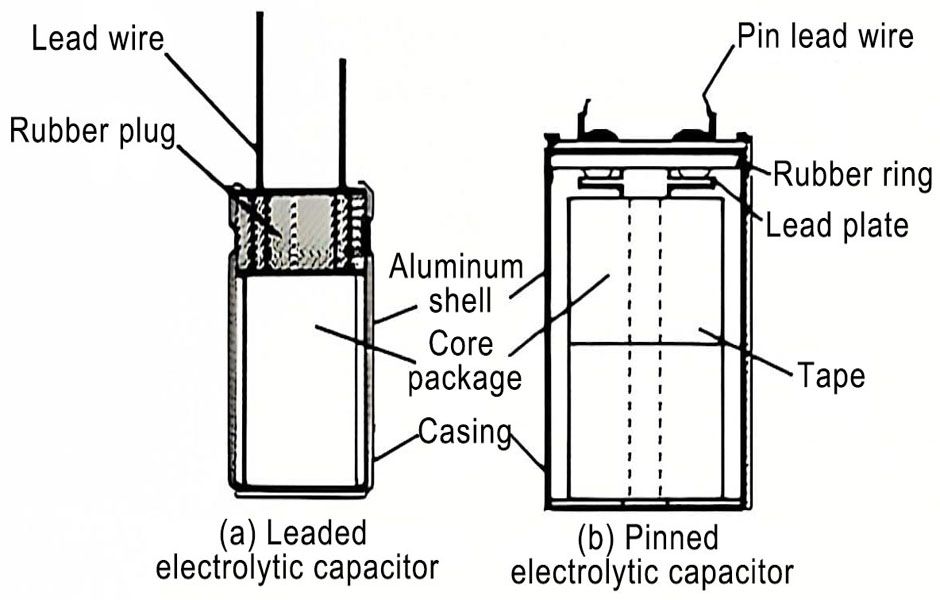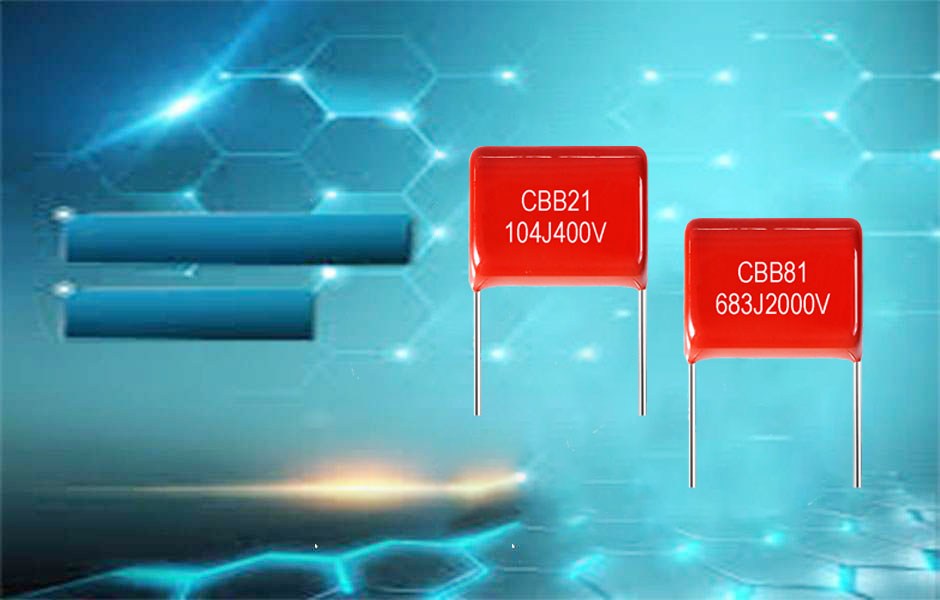The following are commonly used capacitors:
1. Aluminum electrolytic capacitor
A capacitor made of absorbent paper impregnated with a paste electrolyte sandwiched between two aluminum foils, and a thin oxide film is used as the dielectric. Because the oxide film has unidirectional conductivity, the electrolytic capacitor has polarity. Large capacity and energy Tolerate large pulsating current, large capacity error and large leakage current; ordinary ones are not suitable for high-frequency and low-temperature applications, and low-frequency bypass, signal coupling, and power supply filtering at frequencies above 25kHz are not suitable
2. Tantalum electrolytic capacitors
The sintered tantalum block is used as the positive electrode. The temperature characteristics, frequency characteristics and reliability of solid manganese dioxide used in the electrolyte are better than ordinary electrolytic capacitors, especially the leakage current is very small, the storage performance is good, the life is long, the capacity error is small, and the volume is Small, the largest capacitor voltage product can be obtained per unit volume. Poor tolerance to pulsating current. If it is damaged, it will be short-circuited. Ultra-small and high-performance parts.
3. Film capacitor
The structure is similar to that of paper capacitors, but using low-loss plastic materials such as polyester and polystyrene as the medium has good frequency characteristics, small dielectric loss can not be made into large capacity, and poor heat resistance. Filters, integrals, oscillations, and timing circuits
4. Ceramic capacitor
For through-core or pillar-type ceramic capacitors, one of its electrodes is a mounting screw. The lead inductance is very small, the frequency characteristic is good, the dielectric loss is small, and the temperature compensation function can not be made into a large capacity, and the capacity will change due to vibration. It is especially suitable for high-frequency bypass.
5. Monolithic capacitors
(Multilayer ceramic capacitor) The electrode paddle material is covered on several ceramic film blanks, and after being laminated, they are wound into an indivisible whole at a time, and the outside is then encapsulated with resin to form a small volume, large capacity, high-performance* and New high-temperature-resistant capacitors, low-frequency monolithic capacitors with high dielectric constant also have stable performance, small size, high Q value, large capacity error, noise bypass, filter, integration, and oscillation circuit
6. Paper capacitors
Generally, two aluminum foils are used as electrodes, and capacitor paper with a thickness of 0.008 to 0.012 mm is separated and wound by overlapping in the middle. The manufacturing process is simple, the price is cheap, and the larger capacitance can be obtained.
Generally in low-frequency circuits, it usually cannot be used at frequencies higher than 3 to 4 MHz. Oil-immersed capacitors have higher voltage resistance and better stability than ordinary paper capacitors, and are suitable for high-voltage circuits
7. Trimming capacitor
The capacitance can be adjusted within a small range, and can be fixed at a certain capacitance value after adjustment.
Porcelain-mediated trimmer capacitors have a high Q value and a small volume, and can usually be divided into two types: tube type and wafer type.
8. Mica and polystyrene media usually use spring-type elements, which have a simple structure but poor stability.
Wirewound ceramic fine-tuning capacitors change the capacitance by removing the copper wire (external electrode), so the capacitance can only be reduced, and it is not suitable for use in occasions that require repeated adjustments.
9. Ceramic capacitors
The capacitor ceramics with high dielectric constant (barium titanate titanium monoxide) are extruded into circular tubes, discs or discs as the medium, and silver is plated on the ceramics as electrodes by the sintering method. It is divided into high-frequency porcelain and low-frequency porcelain.
Capacitors with a small positive capacitance temperature coefficient are used in high-stability oscillating circuits as loop capacitors and pad capacitors. Low-frequency ceramic capacitors are limited to bypass or DC blocking in circuits with lower operating frequencies, or occasions where stability and loss are not high (including high frequency). Such capacitors are not suitable for use in pulse circuits because they are susceptible to breakdown by pulse voltage. High-frequency ceramic capacitors are suitable for high-frequency circuits
In terms of structure, mica capacitors can be divided into foil type and silver type. The silver type electrode is formed by directly plating a silver layer on the mica sheet by vacuum evaporation or burning infiltration method. Because the air gap is eliminated, the temperature coefficient is greatly reduced, and the capacitance stability is higher than that of the foil type. Good frequency characteristics, high Q value, small temperature coefficient, can not be made into a large capacity, widely used in high-frequency electrical appliances, and can be used as a standard capacitor
10. Glass glaze capacitors are made by spraying a special mixture with a concentration suitable for spraying into a thin film. The dielectric is then sintered with a silver layer electrode to form a “monolith”. The structural performance is comparable to that of mica capacitors, and it can withstand various climatic environments. , Generally can work at 200 ℃ or higher temperature, rated working voltage can reach 500V, loss tgδ 0.0005~0.008




